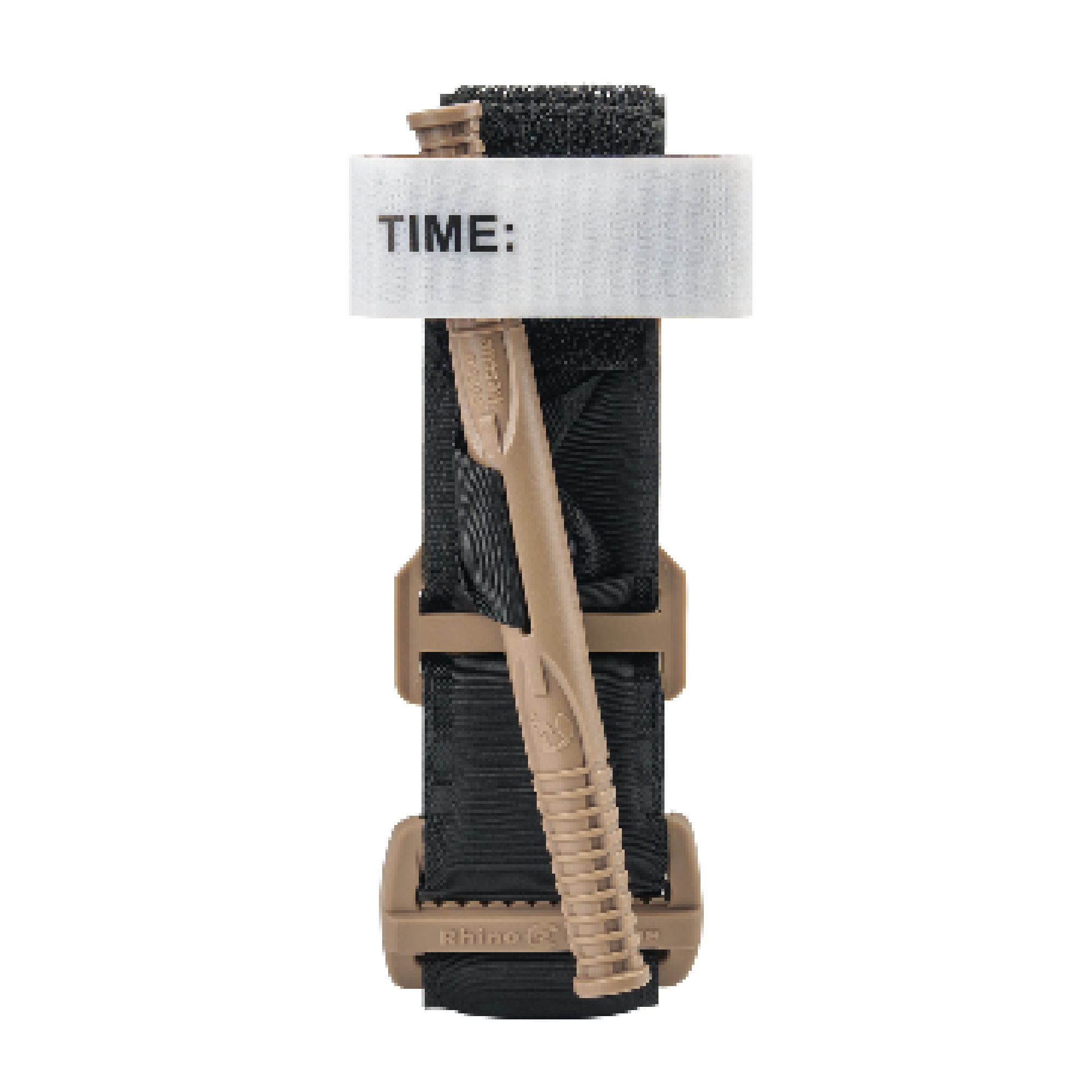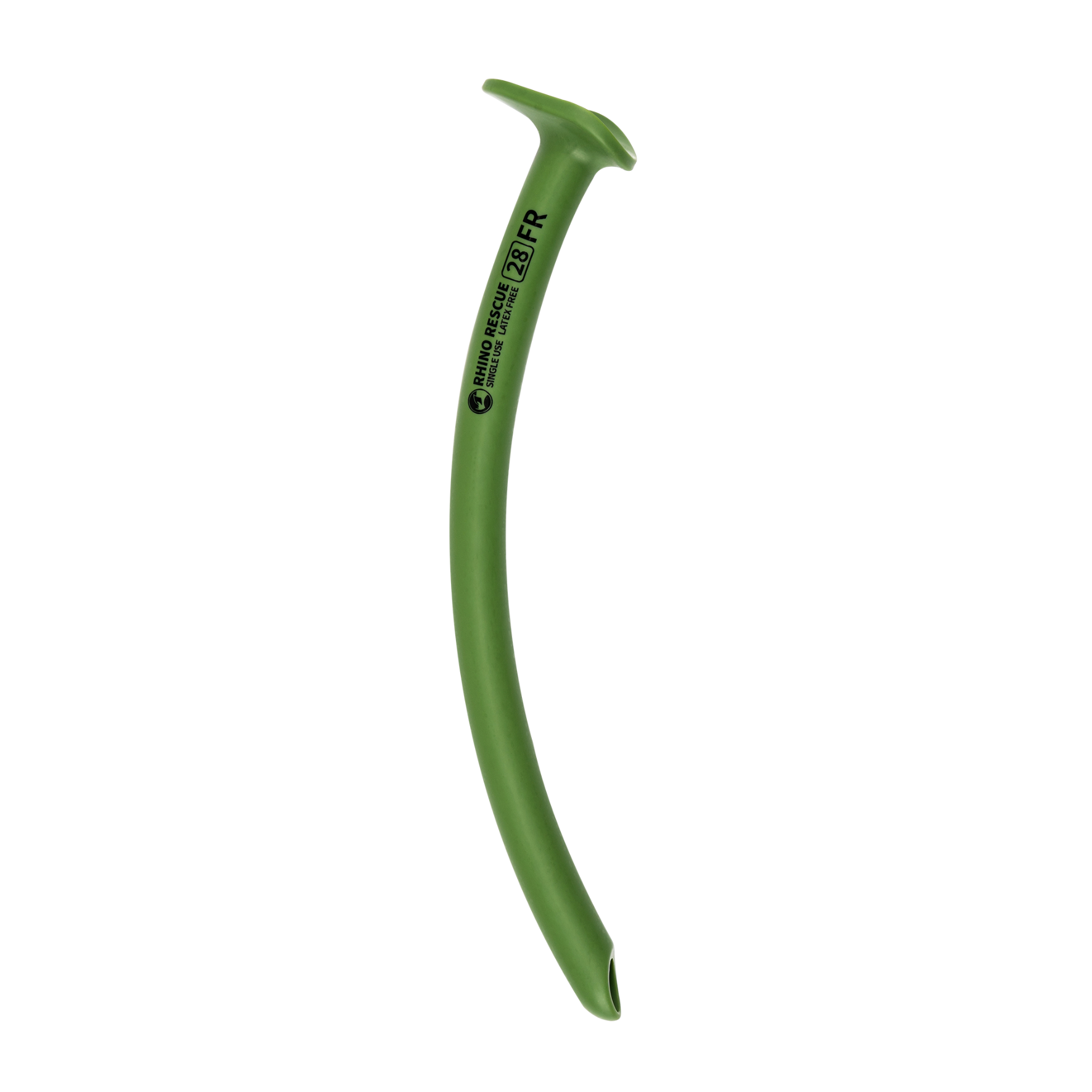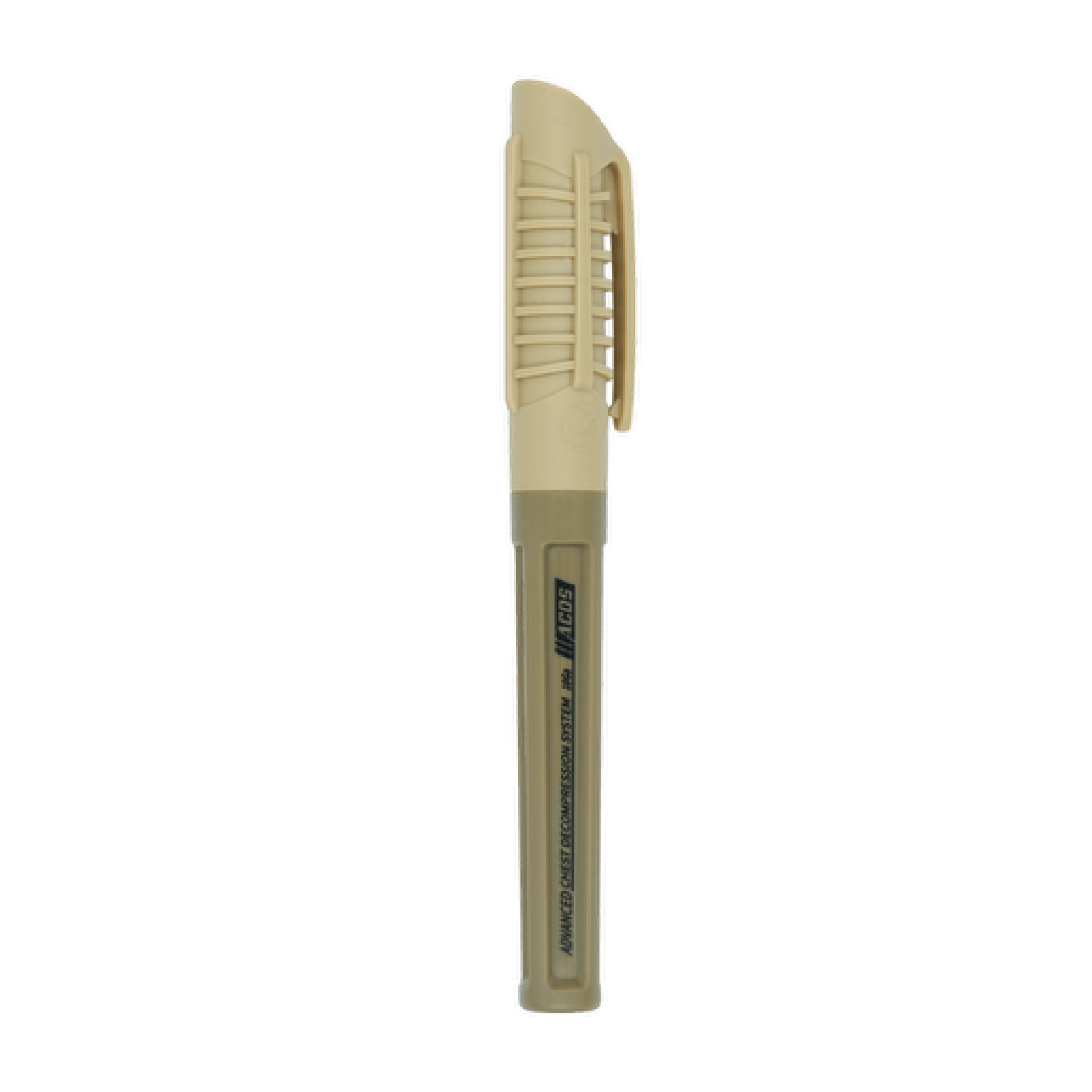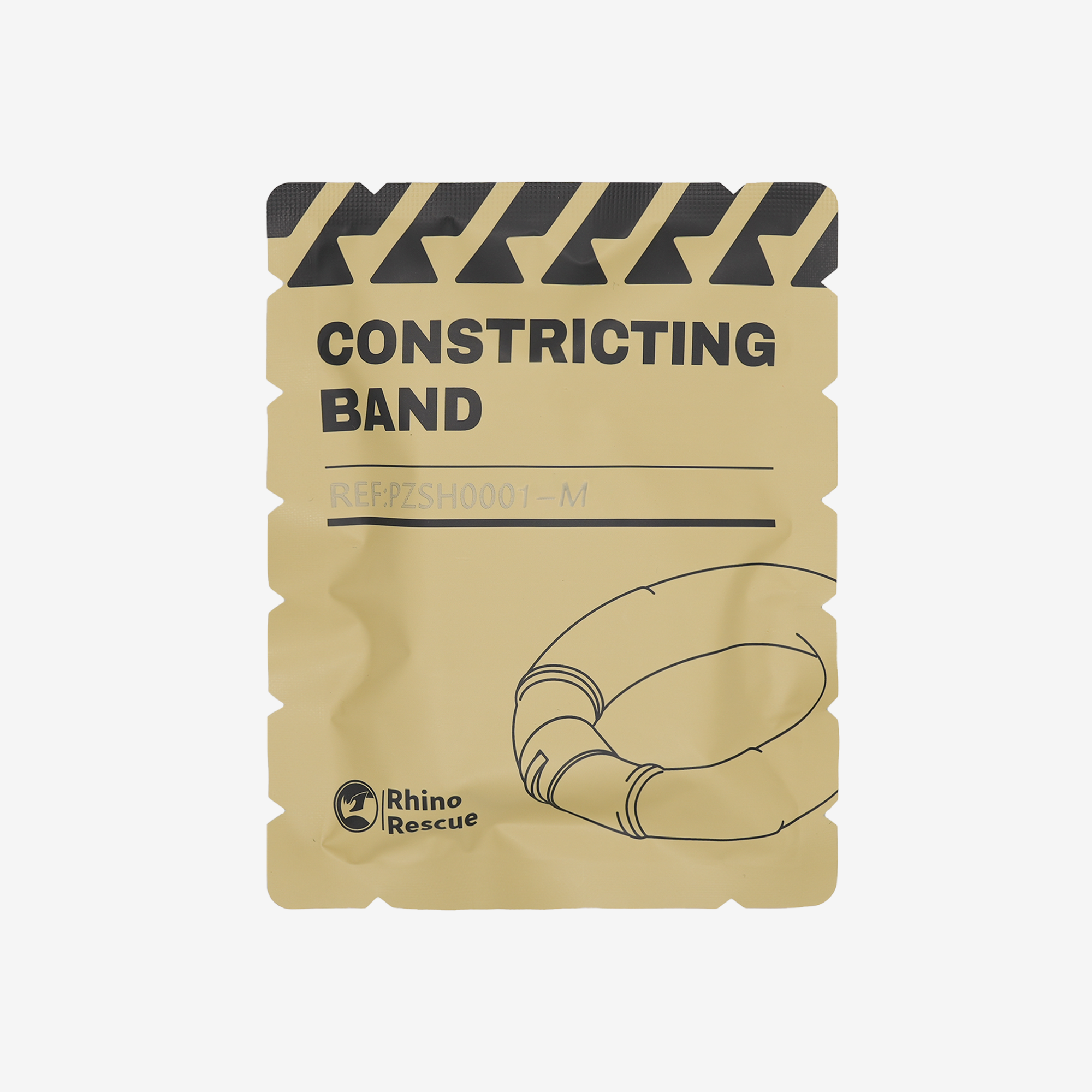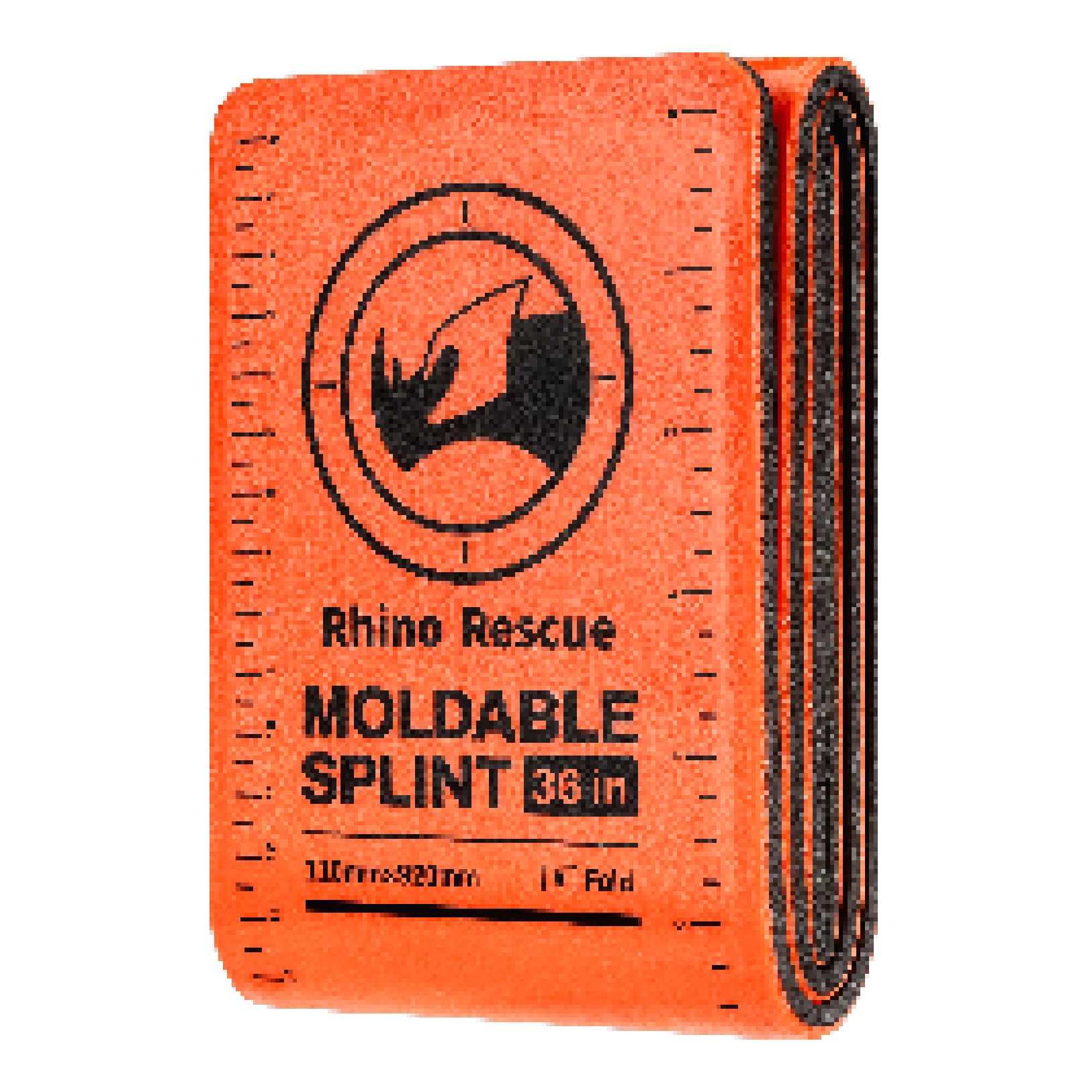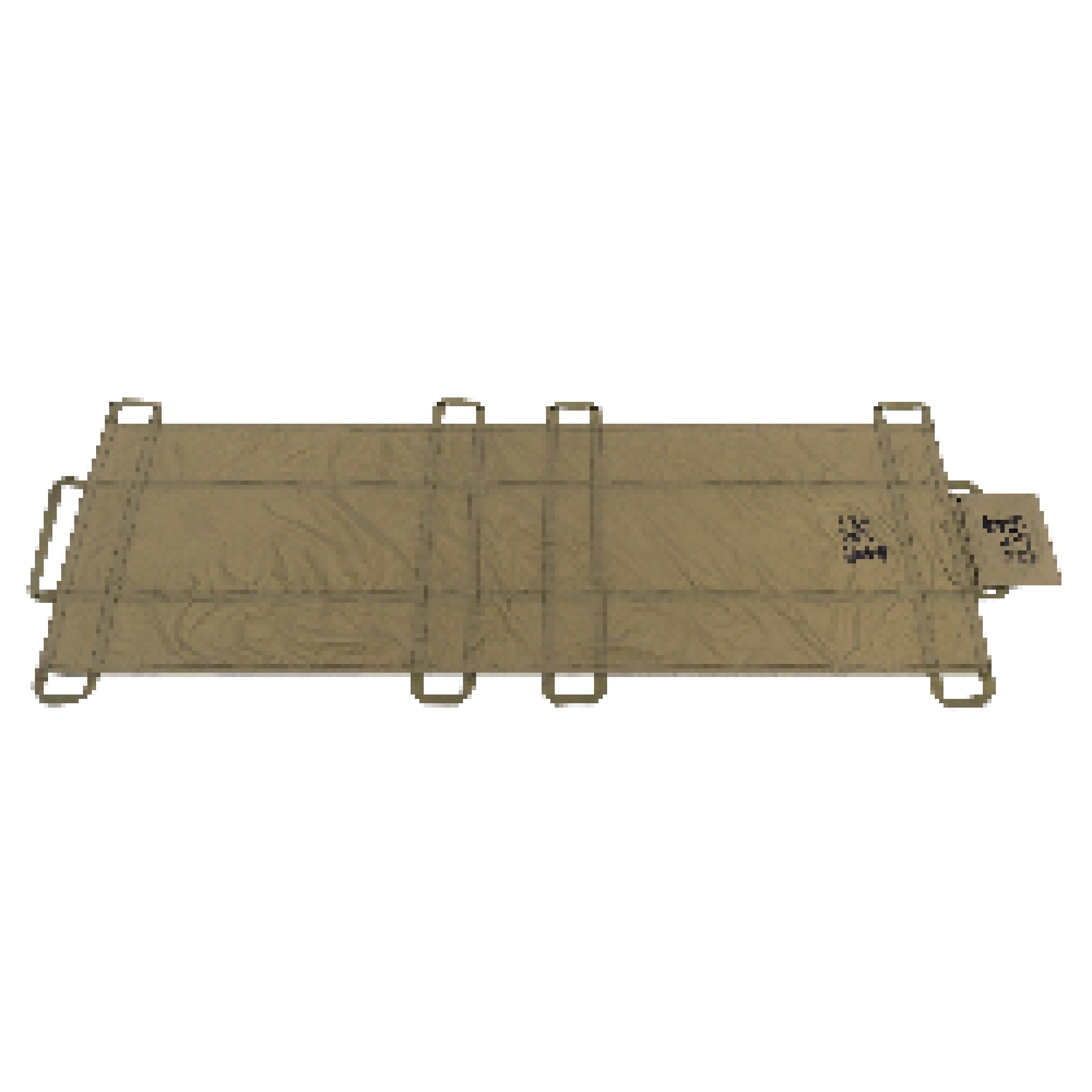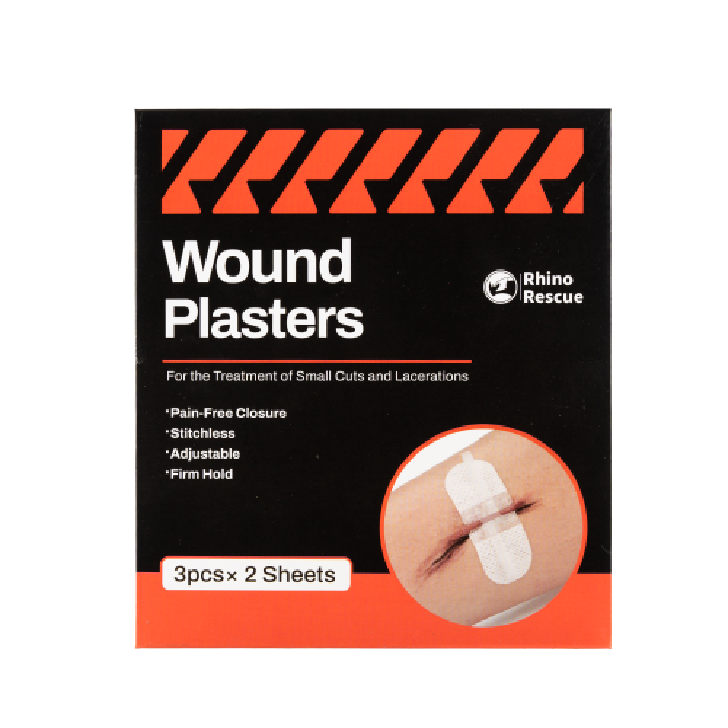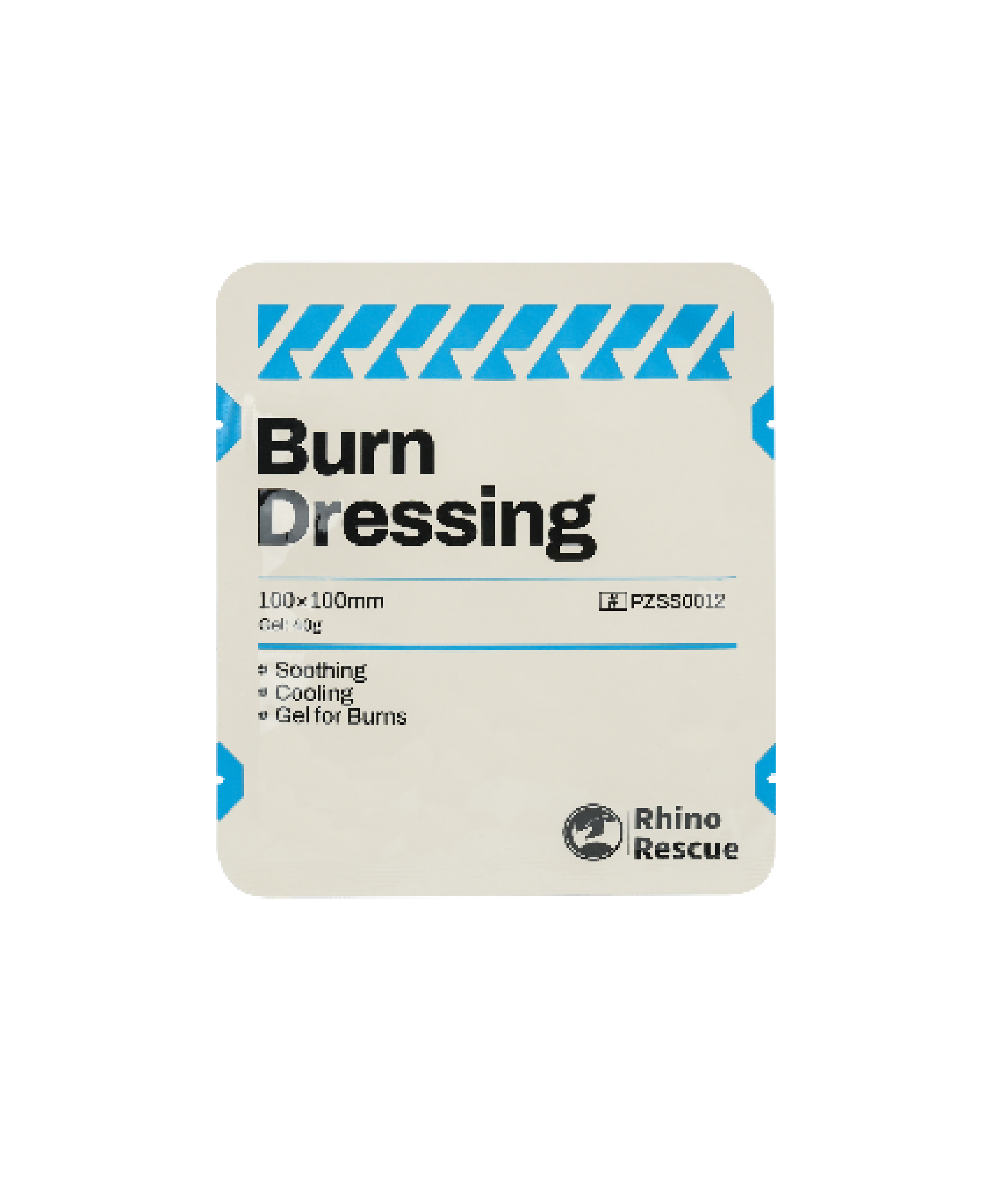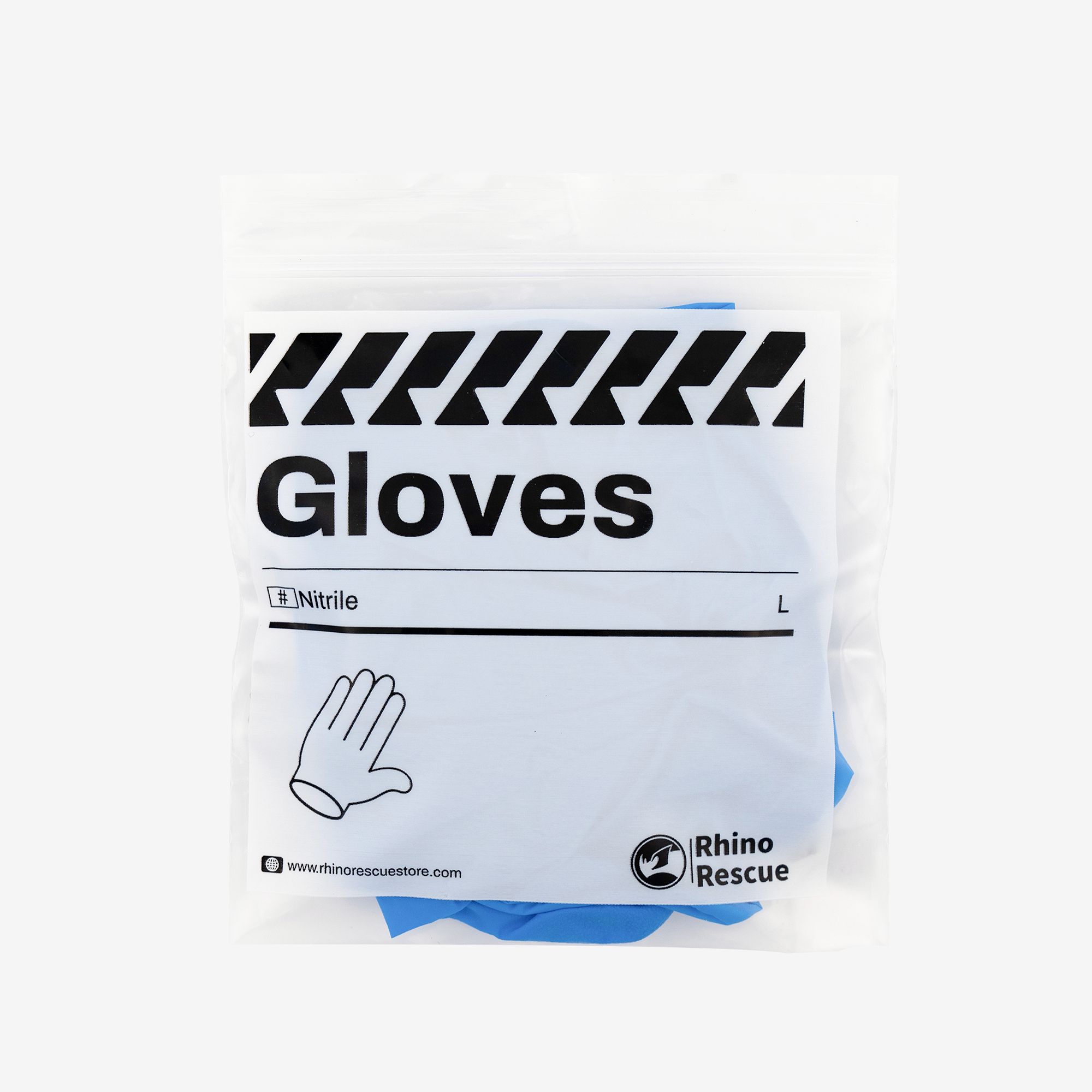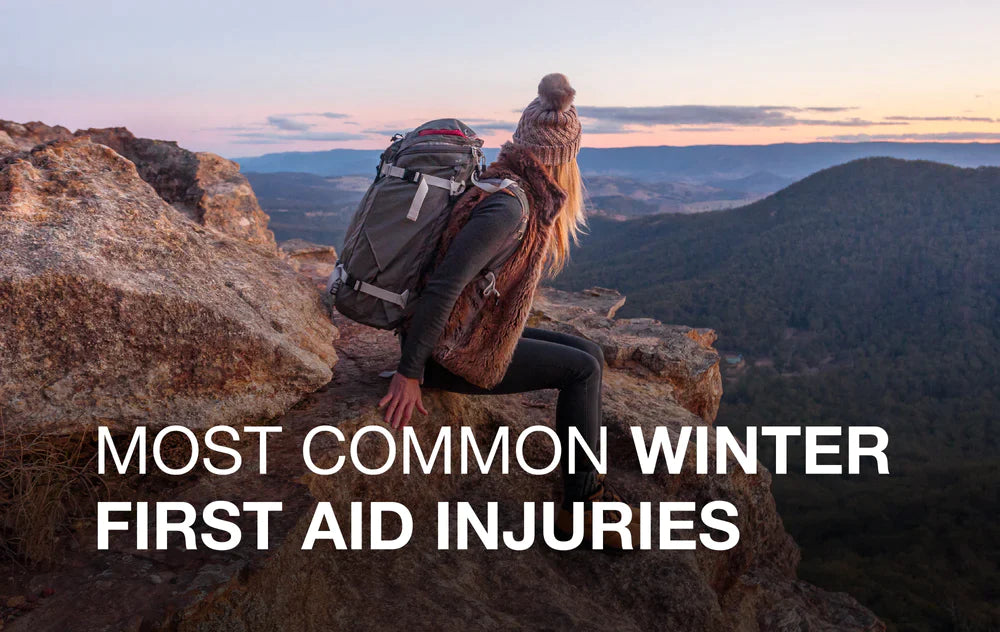Most Common Winter First Aid Injuries

During winter, it's important to be prepared for the unique risks and injuries that can occur during this time of year. From slips and falls to hypothermia, winter weather can pose a number of potential hazards that require immediate first aid attention.
We're going to cover the most common winter first aid injuries and what you can do to be prepared:
1. Slip and Fall Injuries
Winter often brings weather that creates slippery and icy conditions, which can lead to slips, falls, and related injuries, such as fractures, sprains, and strains. Wearing appropriate footwear (put your thongs away for summer!), using handrails where possible, and being extra cautious on wet or icy surfaces can help prevent slip and fall injuries.
2. Hypothermia and Frostbite
Hypothermia occurs when the body's temperature drops below its normal range. It can occur if a person is exposed to cold weather for an extended period of time or if they are wearing insufficient or wet clothing. Frostbite occurs when the skin and underlying tissues freeze due to exposure to cold temperatures. The extremities, such as the fingers, toes, ears, and nose, are most commonly affected. You can avoid hypothermia and frostbite by wearing appropriate warm clothing, staying dry and out of the wind, and using heating aids where possible.
3. Burns
Winter increases your risk of burns through activities like using fireplaces, space heaters, and candles etc. Handling fire with caution and ensuring you have adequate space around fire spaces or heaters can reduce your risk of burns.

4. Carbon Monoxide Poisoning
Carbon monoxide is a colourless, odourless gas that can build up in enclosed spaces, such as homes and cars, and cause poisoning. During the winter, the risk of carbon monoxide poisoning increases due to the use of heating devices. Ensure you have adequate ventilation when using these appliances.
5. Dehydration and dry skin
When we think of dehydration, we tend to think of hot summary days. However, people actually tend to drink less water during the winter months, which can lead to dehydration. Dehydration can cause symptoms such as dry skin, dizziness, and confusion. The cold weather can also dry out the skin, making it more susceptible to cuts and cracks. Keeping up your fluids regularly will help prevent dehydration and prevent your skin from drying out.
6. Eye Injuries
Cold, windy weather can cause eye irritation, redness, and dryness. Exposed eyes can also be injured by debris, such as snow and ice.
Other considerations

First aid kit pictured: Burn Care Kit
Accidents and injuries can happen anytime - the best way you can be prepared is by having a first aid kit which is easy to access and ready to go. We have a range of first aid kits to suit every situation - from home, vehicle, outdoors including boating, camping and recreation, and the workplace.
Need help choosing a first aid kit? We're here to help!


